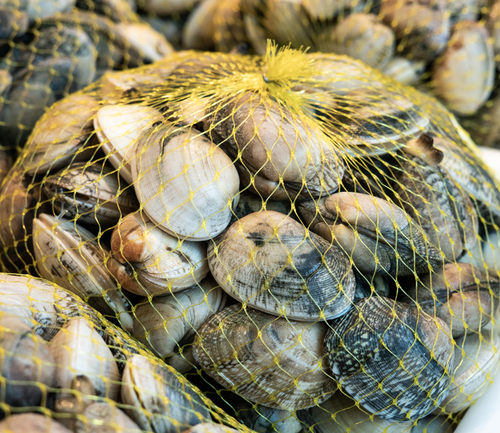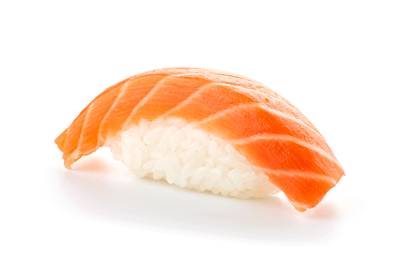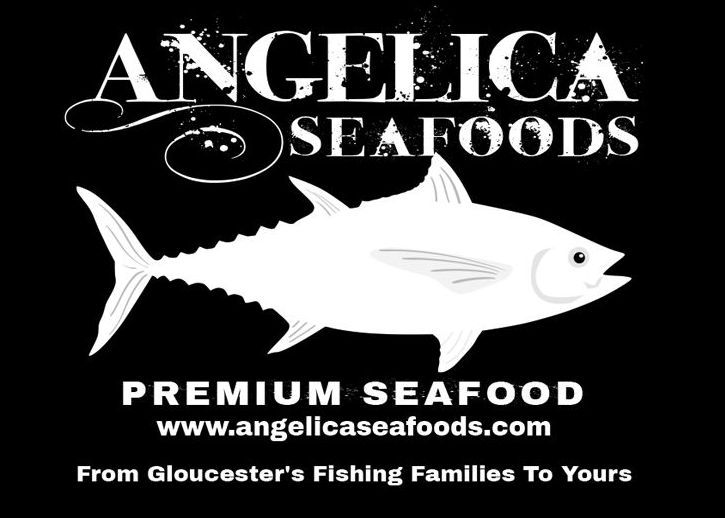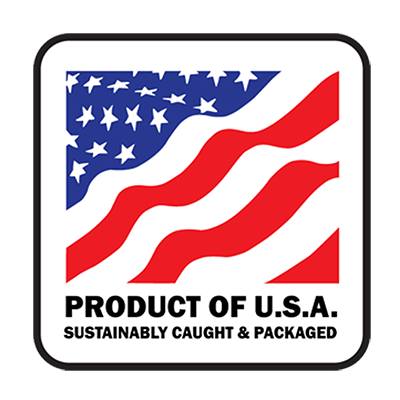FAQs - Answers About Our Premium Seafood
Who sources, packages and processes your seafood
All our premium seafood is sourced in Gloucester, MA. All our seafood is handled from the dock to your door with input from Capt. Dave Marciano and his staff.
What is the Minimum order?
The minimum order is $49.98. This helps us to ensure that the premium seafood products can arrive to your door in a timely fashion.
What should I do when my order arrives?
Signature is NOT required when your order is delivered.
Remove your seafood products as soon as possible from the box, refrigerate all fresh items and freeze all frozen goods until you are ready to prepare them for consumption. For optimal freshness and quality, we recommend eating fresh or live seafood within 1 to 2 days after you receive it.
Are shellfish & fish products cross contaminated during production and packing?
No, shellfish and fish handling are separate from each other. All seafood processing (shellfish shucking, lobster cooking, and fish cutting) are done in separate rooms. If you do have an allergy to a specific kind of seafood product, please write a note to us in the “Check Out” section of our website.

Important: Do not store live seafood in a bag and seal it. Sealing the bag will cut off oxygen flow that is critical to live seafood. Just like humans, live seafood needs oxygen to breath.
What is the proper way to store live shellfish and crustaceans?
Live shellfish and crustaceans should be stored in a refrigerator immediately after receiving them. Live shellfish can be cleaned with fresh water to rinse off sediment or ocean particles before it’s prepared for consumption, but do not submerge live shellfish or crustaceans in fresh water. All live shellfish need to be kept properly hydrated – when shellfish are left in the open air, moisture will evaporate from the meats and other tissues. We recommend covering live shellfish with a moist paper towel to maintain hydration.
Important: Do not store live seafood in a bag and seal it. Sealing the bag will cut off oxygen flow that is critical to live seafood. Just like humans, live seafood needs oxygen to breath.
How is your frozen seafood handled? What is your freezing process?
Our fish and shellfish that are frozen are processed and immediately frozen in our -30F blast freezer. No chemicals or preservatives are added during the freezing or production process on any of our seafood items. That is our promise.
What is the difference between a -30 Degree Freezer and a regular freezer? how does it affect the seafood when defrosted?
Blast freezing seafood products at a lower temperature keeps the wall of the cell intact, ensuring that water from the inside does not exit. When defrosted, the quality, texture, and appearance will remain completely intact just as if it were a fresh product.
Freezing seafood products in a 0°F Freezer (a regular freezer):
- Products take up to 24 hours to freeze
- It causes the protein wall cell to burst, making most of the liquid exit
- Causes discoloration, change in texture, slice ability, elasticity, taste change
What is the proper way to defrost frozen seafood products?
If you have received frozen seafood and placed it in the freezer, remove these items from the freezer and store them in the refrigerator for at least one day before you plan to serve it. Allow 12 to 24 hours for the product to properly defrost. For the Blue Fin Tuna Steaks, see special thawing instructions.
Do not rush the defrosting process as it can affect the flavor and texture of your seafood.

What types of seafoods are safe to eat without being cooked?
While some seafood can be eaten un-cooked as “sashimi,” we recommend to our customers that they cook seafood fully before eating it or serving it to others. Consuming raw or undercooked meats, poultry, seafood, shellfish, or eggs may increase the risk of food-borne illness, especially for individuals with certain medical conditions. Our products are intended to be cooked, unless otherwise labeled for consumption as sushi or sashimi.
DO NOT CONSUME
- Any live seafood that shows no signs of life
- Any seafood product that has an unusual odor
What should I do if the seafood I receive does not appear to be safe for consumption?
We guarantee quality by observing food safety handling guidelines and we follow best practices and manufacturing requirements in the processing, packing, and shipping of every seafood order. If you have quality concerns about a product that we shipped to you, please immediately report this information to us within 24 hours of receiving it and take as many pictures as you can of the product, as well as of the shipping container and labels.
All live seafood products shelf life & conditions vary depending on the species. Intershell is not responsible for any illness or sickness that occurs as a result of consuming a product beyond its shelf life, not following refrigeration instructions, or if seafood is eaten by an individual who is allergic to the seafood they consumed.
Hardshell Clams, Mussels, & Oysters
Shellfish items should be disposed of if the shell remains open, does not close, has an odor, or has a hollow sound when tapped. To test this, tap the shellfish on a solid surface – if it closes, that means it is still alive and is safe to consume. Even if the shell remains slightly open and closes when touched, it is safe to consume.
Live Scallops, Live Surf Clams, Soft Shell Clams (Steamers) & Razor Clams
Unlike hardshell clams, mussels, & oysters; Live scallops, live surf clams, steamers, and razor clams naturally stay open when it is alive, and the shells do not fully close. To test whether the shellfish is alive or not, tap the shellfish a few times to see if it will move. If it does not move right away, it does NOT mean the it is dead. The next step is to take a pen and run it along the muscle inside the shell to see if the muscle moves. Sometimes during transit, the shellfish may lose strength to close its shell fully, but the muscles inside could still have movement - even if it is minimal.
Live Sea Urchins
When a live urchin shows no signs of life, all its spines will lay flat and not stand up.
Order Fresh Seafood Online with Next Day Delivery Nationwide
or shop locally at Angelica Seafood Market.
(978) 435-2244
info@angelicaseafoods.com
Mailing Address:
PO BOX 7003 Beverly, MA 01915
Angelica Seafood Market
52 Rear Commercial St, Gloucester, MA 01930 United States
Secure Payments: Every purchase is secure thanks to our excellent online safety standards.








